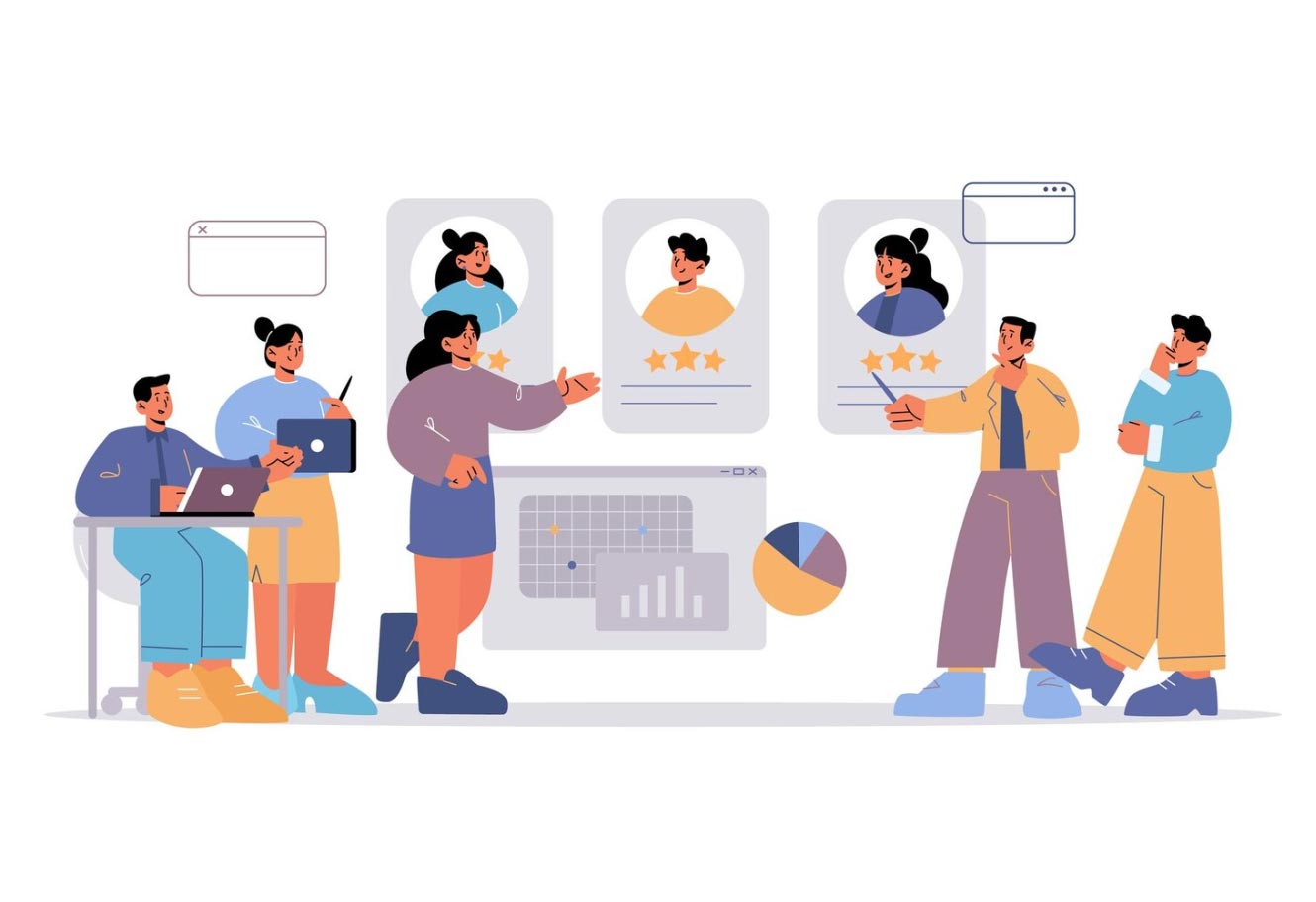 Trade Data Provider
Trade Data Provider
 2023-06-26
2023-06-26
As an importer or exporter, you will encounter many difficulties for export and import business. One of these difficulties is very common: How to use effective supplier monitoring and management tools to maintain a stable supply chain when you are just starting out in the foreign trade industry? When you encounter such difficulties, we offer you some solutions:

1. Implement supplier evaluation and selection criteria in export and import business: Develop clear and comprehensive supplier evaluation and selection criteria that align with your company's requirements and standards. This can include criteria such as quality control, delivery performance, financial stability, production capacity, certifications, and compliance with relevant regulations. Use these criteria to assess potential suppliers and select reliable partners for your supply chain.
2. Utilize supply chain management tools: Invest in supply chain management software that can help you streamline your supplier monitoring and management process. Use the supply chain and upstream and downstream analysis functions of online database platforms like Tendata to view supply chain reports and track orders. Choose the software that suits your company's needs and budget, and ensure proper implementation and training to utilize it effectively.
3. Establish clear communication channels: Establish clear communication channels with your suppliers for regular communication and updates. This can involve setting up regular meetings, conference calls, or video conferences to discuss performance, expectations, and any issues that may arise. Foster open and transparent communication with suppliers to maintain a strong working relationship and address any challenges proactively.
4. Conduct regular supplier audits: Conduct regular supplier audits to assess their performance against the established criteria. This can involve on-site visits to suppliers' facilities to evaluate their production processes, quality control measures, and compliance with regulations. Supplier audits can help you identify any potential risks or areas for improvement and take corrective actions accordingly.
5. Set up key performance indicators (KPIs): Define key performance indicators (KPIs) for your suppliers to monitor their performance regularly. KPIs can include metrics such as on-time delivery rate, defect rate, lead time, and responsiveness to inquiries. Monitor and track these KPIs to identify any performance gaps and work with suppliers to address them and maintain a stable supply chain.
6. Develop contingency plans: Develop contingency plans for potential supply chain disruptions. This can involve identifying alternative suppliers or backup plans in case of unexpected events such as natural disasters, political instability, or transportation disruptions. Having contingency plans in place can help you mitigate risks and ensure a stable supply chain even in challenging situations.
7. Foster long-term supplier relationships: Building long-term relationships with suppliers based on trust and mutual benefit can help you maintain a stable supply chain. Foster open communication, collaborative problem-solving, and mutually beneficial partnerships with your suppliers. Recognize and reward good performance, and work together to address any issues that may arise to build a strong and reliable supply chain.
8. Continuous improvement and feedback: Regularly review and analyze supplier performance data to identify areas for improvement. Provide feedback to suppliers on their performance, and work together on implementing corrective actions. Encourage suppliers to continuously improve their processes and capabilities, and collaborate with them to drive mutual growth.
By implementing supplier evaluation and selection criteria, utilizing supply chain management tools, establishing clear communication channels, conducting regular supplier audits, setting up KPIs, developing contingency plans, fostering long-term supplier relationships, and promoting continuous improvement and feedback, you can effectively monitor and manage your suppliers and maintain a stable supply chain for export and import business.
Category
Leave Message for Demo Request or Questions


 T-info
T-info T-discovery
T-discovery

 My
Tendata
My
Tendata Market Analysis
Market Analysis Customer
Development
Customer
Development Competitor
Monitoring
Competitor
Monitoring Customer Relationship
Customer Relationship



















